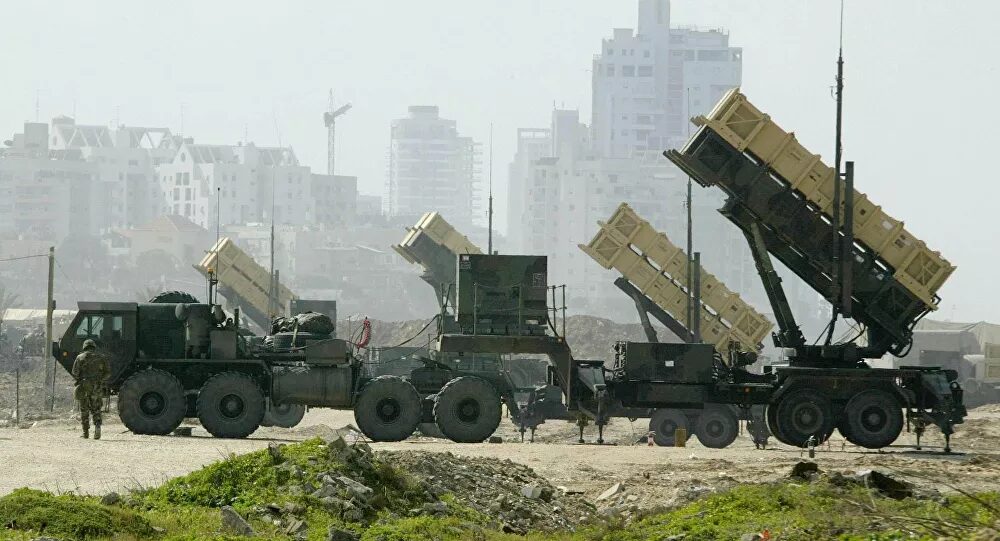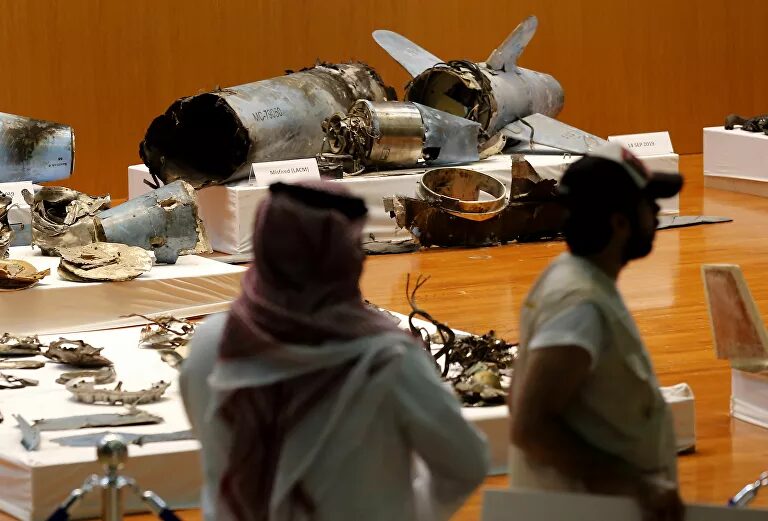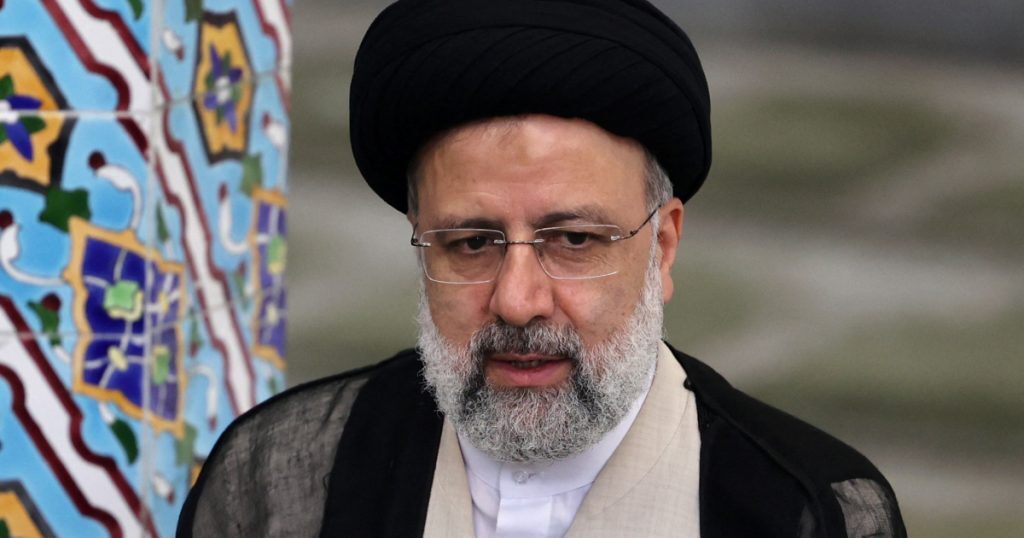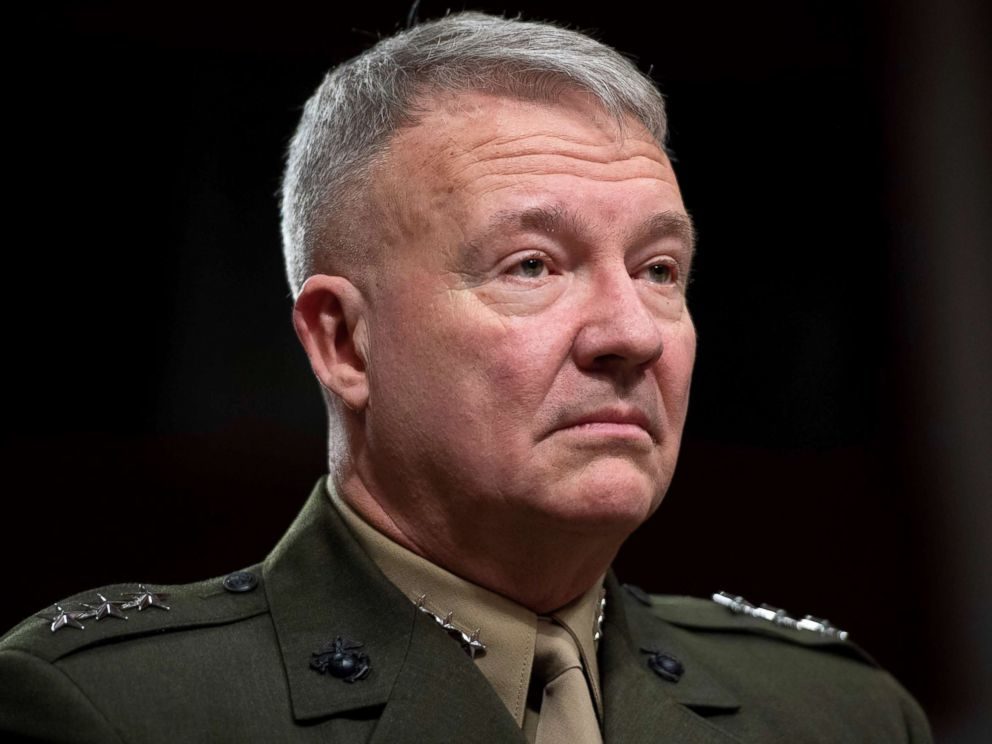
The US has already begun withdrawing some of its air defense forces from several Middle Eastern countries as it shifts them back to the US for maintenance, according to a Friday report by the Wall Street Journal (WSJ).
Citing administration officials, the report notes that several MIM-104 Patriot air defense batteries have been pulled out of Iraq, Kuwait, Jordan and Saudi Arabia, and that at least one Terminal High Altitude Area Defense (THAAD) system is also being pulled out of Saudi Arabia. Fighter squadrons are also being pulled out.
In all, the withdrawal amounts to hundreds of troops who crew and maintain the batteries, which for Patriots can include a radar, engagement control station, antenna mast group, electric power plant, and up to 16 separate missile launchers. For THAAD, each battery includes two mobile tactical operations centers, a powerful ground-based radar, and at least six missile launch systems.
Movement of the air defense sets was reportedly being considered in April, with the WSJ noting at the time that the Pentagon hoped to convince the Saudis to assume more responsibility for their own defense.

The deal required Iran to give up its nuclear program in exchange for the lowering of international sanctions against its economy; then-US President Donald Trump unilaterally withdrew from the agreement in 2018, claiming that Iran was secretly violating it, and he reimposed the sanctions and forced US allies to respect them. In response, Iran began to back away from the treaty's limitations, increasing the quality and quantity of uranium it was refining.

However, the withdrawal stands at odds with comments made just weeks ago by US Marine Corps Gen. Kenneth F. McKenzie Jr., the head of US Central Command.
McKenzie told members of the press in Riyadh on May 23 that the Saudis "want reassurance that they're going to be helped if they're attacked by Iran, and they want help against the continuing attacks ... They're under constant bombardment from Yemen, with a variety of ballistic missiles, cruise missiles and small UAS (unmanned aerial systems) they're very concerned about."
"I believe our posture in the theater has prevented a state on state attack from Iran," the CENTCOM chief added.
However, tens of thousands of US troops will remain in the region, including at least 2,500 in Iraq after Baghdad and Washington agreed to halve the US presence, although no definitive date for reaching that number has been reached.
The shifts are part of a larger redeployment plan involving thousands of US troops around the globe as the Pentagon shifts away from the War on Terror that governed its strategic thinking for nearly 20 years and toward what it calls "great power confrontation" with Russia and China. It's unclear where the Patriots and THAAD will be sent once they're repaired.




Reader Comments
TaiwanAmeriKant. RCSo, please wisen-up people and STOP getting sucked into this age-old trickery used by the corporate elites to incite war/s. China and Russia are overtly dictatorial because they fear the Western Power's glib trickery, whereupon they create internal dissent using their 5th column assets.